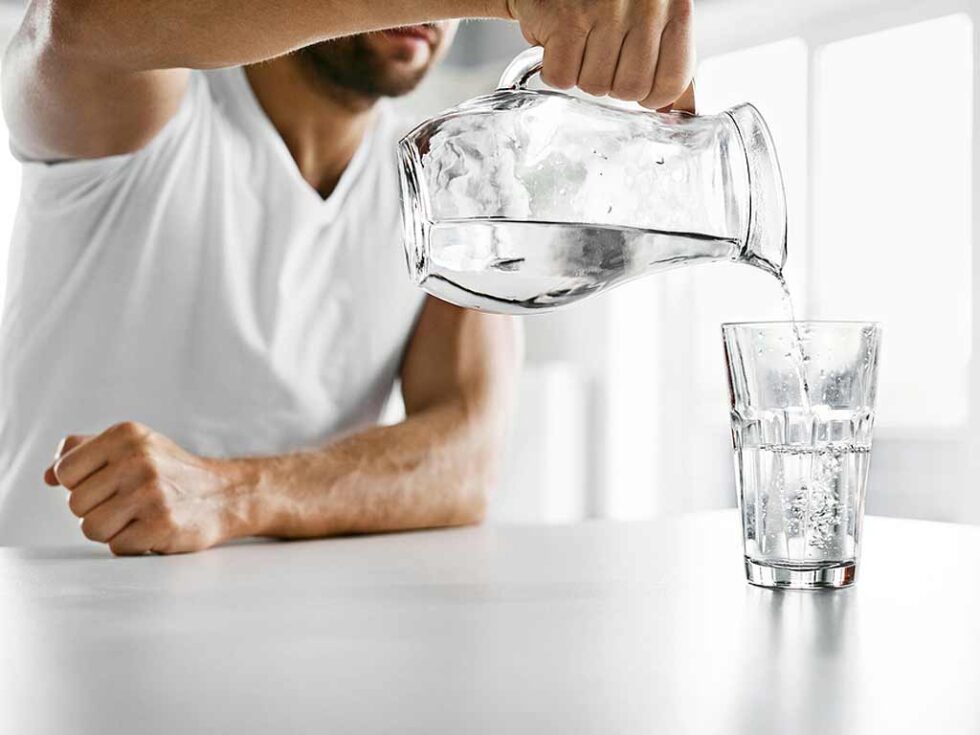
In the bustling streets of New York City, residents often take their drinking water for granted. The city’s water system is widely regarded as one of the best in the nation, supplying millions with clean, safe water. However, beneath the surface, there may be a hidden danger lurking in the pipes: lead. Although New York City news consistently highlights the efforts to maintain water quality, older buildings may still have lead pipes, posing a potential health risk. So, how can you ensure that your drinking water is safe?
With increased awareness of lead contamination, particularly in the wake of the Flint water crisis, many New Yorkers are asking the important question: is my drinking water safe? Understanding the risks associated with lead pipes and knowing how to check for them in your building is crucial for every resident concerned about the quality of their water.
Understanding the Risks of Lead in Drinking Water
Lead is a toxic metal that was once widely used in plumbing systems due to its durability and malleability. It was common in older buildings, especially those constructed before the 1980s. While lead pipes have largely been phased out of new construction, the pipes in many older buildings still contain lead or are connected to lead-based solder. The danger occurs when lead leaches into the water supply, either from old pipes or from lead-based materials used in the plumbing system.
New York Times breaking news and other outlets have reported on the dangers of lead exposure, emphasizing the need for vigilance when it comes to water safety. Lead poisoning is a serious concern, especially for children and pregnant women, as it can cause developmental issues, learning disabilities, and even long-term health problems. For adults, long-term exposure to lead can lead to kidney damage, high blood pressure, and other serious conditions.
Although New York City’s water treatment processes are designed to prevent lead contamination, lead pipes and fixtures can still pose a risk. If you’re living in an older building, it’s essential to take steps to check for lead pipes and minimize exposure.
Identifying Lead Pipes in Your Building
The first step in ensuring your drinking water is safe is to check if your building has lead pipes. Unfortunately, the presence of lead pipes in older buildings is not always apparent, so it’s important to know where to look.
Here are a few ways to identify lead pipes in your building:
- Check the Age of Your Building
Buildings constructed before the 1980s are more likely to have lead pipes or lead-based plumbing materials. If your building was built before this time, it’s a good idea to take extra precautions and check the plumbing system. - Inspect the Pipes
Lead pipes are typically dull gray in color and can be easily scratched with a key or coin. If you find gray-colored pipes that are soft enough to be scratched, there’s a high likelihood that they are made of lead. However, lead pipes may also be hidden behind walls or beneath flooring, making it more difficult to visually confirm their presence. - Examine the Fittings
Even if the pipes themselves aren’t made of lead, it’s still important to check the fittings. Older brass or bronze fittings, used in plumbing systems before the 1980s, may contain small amounts of lead. - Use a Magnet
One of the simplest ways to check for lead pipes is by using a magnet. Lead is not magnetic, so if the magnet doesn’t stick to the pipe, there’s a good chance that it’s made of lead. - Call a Professional
If you’re unsure about your plumbing system, it’s always a good idea to hire a licensed plumber to inspect your pipes. They can help you identify the materials used and determine whether or not lead is present.
What To Do if Your Building Has Lead Pipes
If you suspect that your building has lead pipes, it’s important to take steps to reduce your exposure to lead. Here are some essential actions you can take:
- Flush the Pipes Before Drinking
If you live in an older building and suspect that lead pipes may be present, it’s recommended to flush your pipes before using the water. Let the water run for at least a minute or two to help clear out any lead that may have leached into the water. - Use a Water Filter
One of the best ways to ensure that your drinking water is free of lead is by using a water filter. Look for filters that are certified to remove lead. Many filters use activated carbon or reverse osmosis technology to effectively remove contaminants, including lead. - Consider Replacing Lead Pipes
If lead pipes are found in your building, the best solution is to replace them. This can be a costly and time-consuming process, but it’s the most effective way to ensure long-term safety. Speak with your building’s management or a plumber about replacing lead pipes with safer alternatives such as copper or PEX (cross-linked polyethylene). - Test Your Water for Lead
You can also have your water tested for lead by a certified laboratory. The New York Daily News and other local news outlets frequently provide updates about water testing opportunities and initiatives. By testing your water, you can determine whether or not it contains dangerous levels of lead and take the appropriate action.
How NYC Is Addressing Lead Pipe Concerns
New York City has made significant strides in addressing the issue of lead in drinking water. In 2004, the city implemented a program to replace lead service lines in homes and buildings that had lead pipes connected to the public water system. This program has been successful in reducing lead levels in drinking water.
However, despite these efforts, there are still concerns about the safety of drinking water in older buildings. The city continues to monitor water quality and works to educate residents about the risks associated with lead pipes. The daily news new york and other local outlets have reported extensively on this issue, highlighting the ongoing need for awareness and action.
The city also offers resources for residents concerned about lead exposure. The DEP provides information on lead testing, plumbing inspections, and water treatment options. Additionally, there are programs to help low-income residents pay for the replacement of lead pipes in their homes.
The Importance of Staying Informed
When it comes to drinking water safety, knowledge is power. By staying informed about the potential risks of lead exposure, New Yorkers can take proactive steps to protect themselves and their families. If you live in an older building, it’s essential to be aware of the potential dangers of lead pipes and take the necessary precautions.
The latest news from New York City continues to emphasize the importance of clean, safe drinking water, and efforts to eliminate lead pipes from the city’s infrastructure are ongoing. Whether you’re concerned about lead contamination or simply want to ensure your water is safe, understanding the risks and taking action is the first step toward safeguarding your health.





